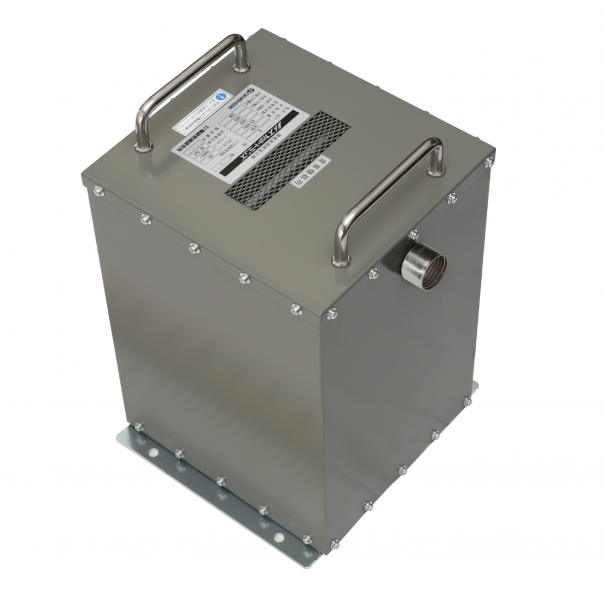the iso for signal is to me a well worth tryI think low power isolation transformers are not good. For most solidstate audio systems it seems the Isolation transformer should be over 20KVA (150kg).
there are some UI isolation transformers from Dantrafo Group (Denmark) and it seems Wavac uses Denkenseiki (Japan) transformers.
I am thinking about using both of them and check the result.
It seems not all isolation transformers are good for sound but it seems the good isolation transformers have least negative effects on the sound.
Romy, David and some others do not like the sub-bass quality of isolation
the power isolation is not always beneficial I feel.
but this alone is debatable.
I agree with you it’s not always better this is why signal iso should be first and will have simple A/B testing to be heard.



.jpeg)
.jpeg)
.jpeg)

